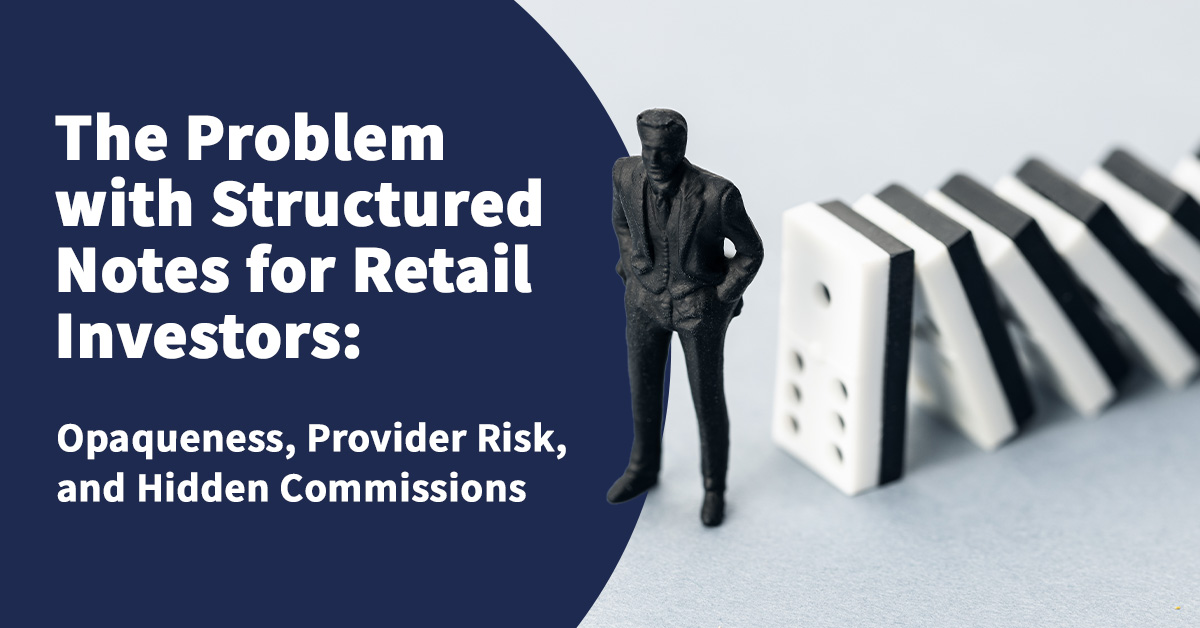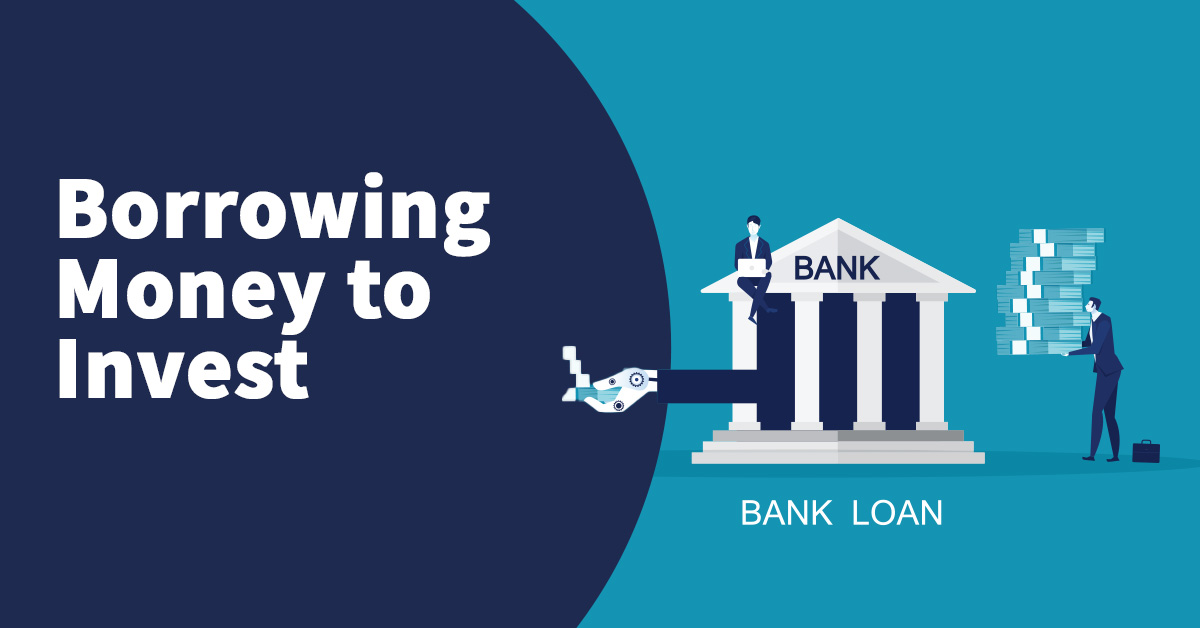Many of today’s investment solutions are increasingly technical, complicated and impersonal. Even those solutions that are simplified such as ETF’s and index funds are not particularly exciting. And so investors are often looking for diversification, by investing in solutions that offer tangibility and hold a personal interest.
The concept of passion investing dates back to Edwardian and Victorian times, when goods from worldwide travels were traded amongst the elite and the money raised was used by explorers to fund their upcoming expeditions.
The goods that were traded gained their value through their apparent rarity – and what we consider collectibles today will include almost any object of desire that people take pleasure from owning.
According to the Knight Frank Luxury Investment Index (KFLII), the top ten types of passion investment in 2017, were:
1. Wine2. Art3. Watches4. Coins5. Jewellery6. Cars7. Stamps8. Coloured diamonds9. Antique furniture10. Chinese ceramics
The Middle East seems to be taking on increasing levels of interest in alternative and ‘passion’ investments and these are somewhat different to the historic purchases witnessed.
In the Middle East investors have historically had a higher predilection to hold tangible assets like gold and jewelry, as well as art, but the choice of passion investments and alternative assets are becoming considerably broader.
One of the main reasons for holding alternative investments is to hedge against inflation and an alternative asset’s lack of correlation with other types of investments, gives it potential to increase or stabilize a portfolio’s return. As a result, alternative assets can complement more traditional asset classes and provide an additional layer of diversification. Investing in art, fine wine and collectibles can also help to avoid turbulent times within the markets. This is because their prices do not depend on other possible components of a portfolio, and they can act as a cushion.
With a turbulent financial market and a burgeoning generation of investors who also value the “experience economy,” passion investing is now experiencing a dynamic, strategic resurgence. Investors are adding collectible assets to their portfolios as a means of diversification, and perhaps more importantly, as a way to have–and to hold–the things they love the most.
Demand seems to be increasing in Dubai and the UAE. Perhaps most recently this is due to market turbulence. And geopolitical turmoil is highly likely to be a contributing factor. Alongside the addition of a slowdown in the UAE property market, investors are looking for alternative ways to make their money grow.
Passion investing allows for a cherished hobby to blend the best of two worlds: You engage in a heartfelt pursuit while building a collection that can grow in value over the years.
However investments of passion should be considered with at least some caution. Alternative assets may be less liquid than equities or bonds. They may also be difficult to research, or incur addiotnal costs. The unique properties of alternative asset classes also mean that some can involve a higher degree of risk often due to less regulation than other investments.
Art, wine and other collectibles do not generate cash flow, and the markets for them are typically illiquid. The only precise way to determine the worth of an object is to try to sell it. Public tastes and other factors make them a fairly speculative investment and one, which requires a certain degree of knowledge and expertise.
Other concerns, and areas to consider include factors such as storage and insurance. All things that come at additional cost
As with the main asset classes, the decision on whether to hold these depend on your risk appetite and personal preferences. Whilst keeping within your set risk profile.
But which alternatives to select should not be your only consideration. It is vital that we understand the taxes we are likely to be subject to before making any decisions – Remember too, when it comes to alternatives that these types of investments are often not regulated, and thus are not party to investor protection schemes.
With the proliferation of technology, investors can now directly access and invest in alternative investment opportunities. But how much of your portfolio should be made up of passion investments?
Generally speaking, allocating no more than 10% of a portfolio to alternative investments is considered appropriate. This is a large enough allocation to be impactful in terms of enhancing returns or helping to reduce risk, without being so large that it dominates the overall portfolio.
Remember that investing in your passions can carry risk, and should not be relied upon as a way to build wealth. The collectibles markets can be volatile and it’s easy to overlook the costs of insurance, storage and other necessities that dampen long-term returns. Passion investments should not be central elements of an overall portfolio.
Instead, it’s important to have a well-rounded low cost asset allocation which is designed to build and preserve wealth over the long term.
Many investors do hold significant collections of passion investments that are deeply meaningful to them and have appreciated in value over time. However, when choosing to invest in art, wine or other personal passions, it’s important to consider these holdings in the context of your broader portfolio
The possibilities for diversification by way of passion investments are vast, however, we should do so in a fashion and style that does not put our wealth, savings, and investments under undesirable risk.
The term passion investment is actually pretty nonsensical. Passionate collectors and investors often have entirely different motivations for buying or holding on to anything,
What is true is that passion investing is ultimately about the joy of owning a particular asset.
If youre thinking about buying alternative assets or collectibles, perhaps it’s best to ask yourself the question – Is it for love or money?
My passion investment is wine. But it’s definitely more about the love than the money for me. I struggle to hold it for the long term!
To seek advice on investing in your passions, you should speak to an expert in that area. If you would like advice on how to create a low cost, well diversified portfolio, for long term wealth gain
Find out how we can help you
If you would like to understand more about this topic get in touch
Related posts
- Published On: July 8, 2024|3.2 min read|
The Problem with Structured Notes for Retail Investors: Opaqueness, Provider Risk, and Hidden Commissions
Structured notes are financial instruments that can seem attractive due to their potential for high returns and tailored investment strategies. However, they come with significant risks and drawbacks, especially for retail investors.
Read more












